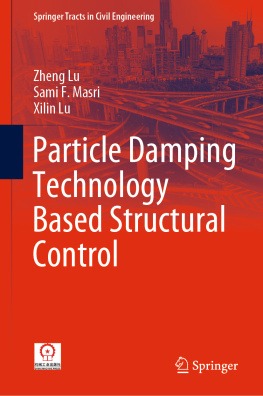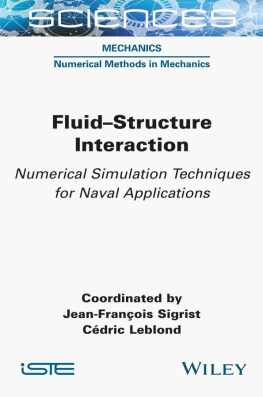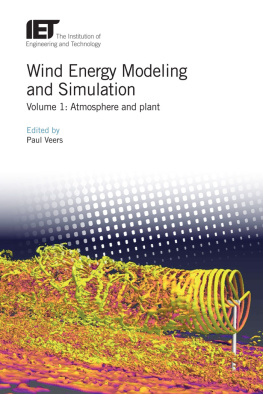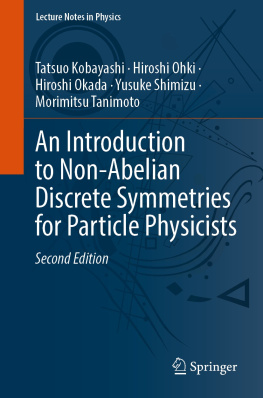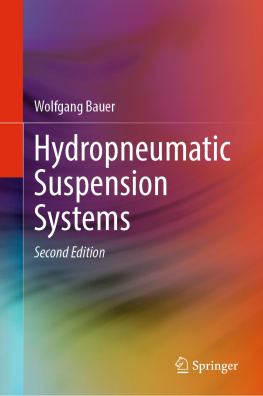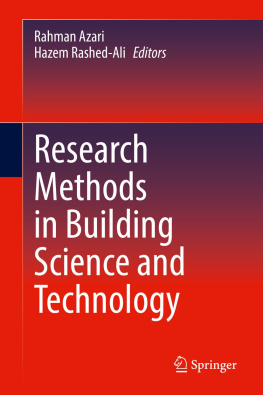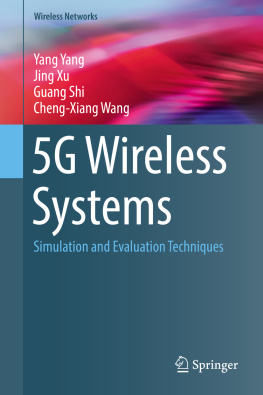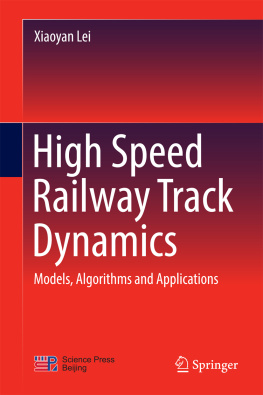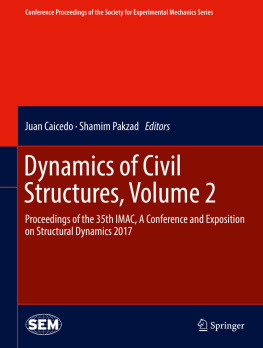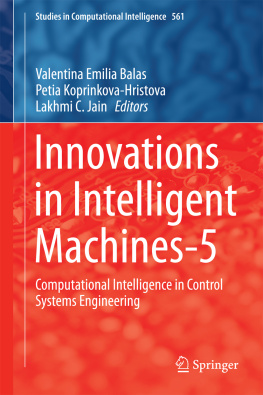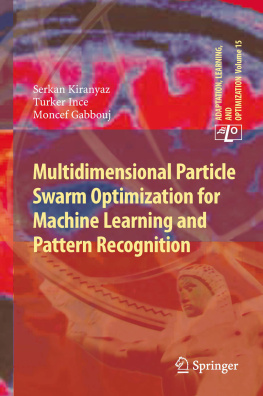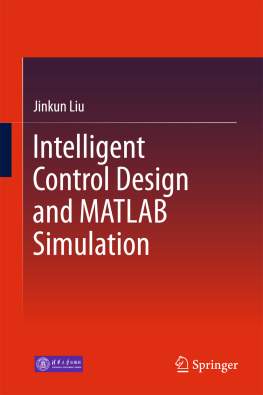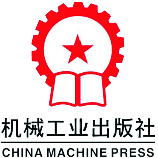Series Editors
Giovanni Solari
Wind Engineering and Structural Dynamics Research Group, University of Genoa, Genova, Italy
Sheng-Hong Chen
School of Water Resources and Hydropower Engineering, Wuhan University, Wuhan, China
Marco di Prisco
Politecnico di Milano, Milano, Italy
Ioannis Vayas
Institute of Steel Structures, National Technical University of Athens, Athens, Greece
Springer Tracts in Civil Engineering(STCE) publishes the latest developments in Civil Engineering - quickly, informally and in top quality. The series scope includes monographs, professional books, graduate textbooks and edited volumes, as well as outstanding PhD theses. Its goal is to cover all the main branches of civil engineering, both theoretical and applied, including:
Construction and Structural Mechanics
Building Materials
Concrete, Steel and Timber Structures
Geotechnical Engineering
Earthquake Engineering
Coastal Engineering; Ocean and Offshore Engineering
Hydraulics, Hydrology and Water Resources Engineering
Environmental Engineering and Sustainability
Structural Health and Monitoring
Surveying and Geographical Information Systems
Heating, Ventilation and Air Conditioning (HVAC)
Transportation and Traffic
Risk Analysis
Safety and Security
Indexed by Scopus
To submit a proposal or request further information, please contact: Pierpaolo Riva at Pierpaolo.Riva@springer.com, or Li Shen at Li.Shen@springer.com
More information about this series at http://www.springer.com/series/15088
Zheng Lu
Department of Disaster Mitigation for Structures, Tongji University, Shanghai, China
Sami F. Masri
Sonny Astani Department of Civil and Environmental Engineering, University of Southern California, Los Angeles, CA, USA
Xilin Lu
Department of Disaster Mitigation for Structures, Tongji University, Shanghai, China
ISSN 2366-259X e-ISSN 2366-2603
Springer Tracts in Civil Engineering
ISBN 978-981-15-3498-0 e-ISBN 978-981-15-3499-7
https://doi.org/10.1007/978-981-15-3499-7
Jointly published with China Machine Press, Beijing, China
The print edition is not for sale in China. Customers from China please order the print book from: China Machine Press.
ISBN of the Co-Publishers edition: 978-7-111-59964-7
China Machine Press and Springer Nature Singapore Pte Ltd. 2020
This work is subject to copyright. All rights are reserved by the Publishers, whether the whole or part of the material is concerned, specifically the rights of translation, reprinting, reuse of illustrations, recitation, broadcasting, reproduction on microfilms or in any other physical way, and transmission or information storage and retrieval, electronic adaptation, computer software, or by similar or dissimilar methodology now known or hereafter developed.
The use of general descriptive names, registered names, trademarks, service marks, etc. in this publication does not imply, even in the absence of a specific statement, that such names are exempt from the relevant protective laws and regulations and therefore free for general use.
The publishers, the authors, and the editors are safe to assume that the advice and information in this book are believed to be true and accurate at the date of publication. Neither the publishers nor the authors or the editors give a warranty, express or implied, with respect to the material contained herein or for any errors or omissions that may have been made. The publishers remain neutral with regard to jurisdictional claims in published maps and institutional affiliations.
This Springer imprint is published by the registered company Springer Nature Singapore Pte Ltd.
The registered company address is: 152 Beach Road, #21-01/04 Gateway East, Singapore 189721, Singapore
Preface
In recent years, natural disasters, such as earthquakes and typhoons, have occurred frequently, causing serious damage to the structure. In order to enhance the resistance of structures against natural catastrophes, especially to attenuate their structural response under earthquake and wind loads, vibration control technology is applied on structures as an effective method. Particle damping technology is a kind of vibration reduction technology which consumes the vibration energy of the system by friction and impact between tiny particles filled in a finite enclosed space of the vibration cavity. It has been widely used in mechanical engineering, aerospace engineering and other fields, and its application on civil engineering has been expanding.
The Chinese Book is funded by National Science and Technology Academic Monograph Publishing Fund (2017). The English version is the update version. This book systematically introduces particle damping technology, which can be utilized to effectively mitigate the seismic-induced and wind-induced vibration of various structures. The research achievements pertaining to this technology are comprehensively presented in this book. The 9 chapters in the book can be divided into 3 main aspects, first of all, in Chaps., profound discussions are carried out on the future perspectives of particle damping technology, especially emphasized on studying and developing semi-active particle damping technology, and established the guidelines for optimization design of particle impact dampers.
Some distinct features of this book can be summarized as follows:
The elaborated simulation model based on discrete element method and the simplified simulation model based on equivalent principles are demonstrated, the models are verified by corresponding experimental results.
The steady-state responses of particle impact dampers under various scenarios are illustrated.
The vibration attenuation effects of particle dampers subjected to different dynamic loads have been intensively studied, by which the damping mechanism and the global measures that are used to evaluate the damping performance are proposed.
The shaking table test and wind tunnel test have been conducted to verify the proposed simulation methods, and the satisfactory damping performance of particle dampers has been corroborated.
The optimization design guidelines of particle impact dampers are provided.
The semi-active particle damping technology in which the primary system is subjected to non-stationary excitations is preliminary explored.
Sami F. Masri

